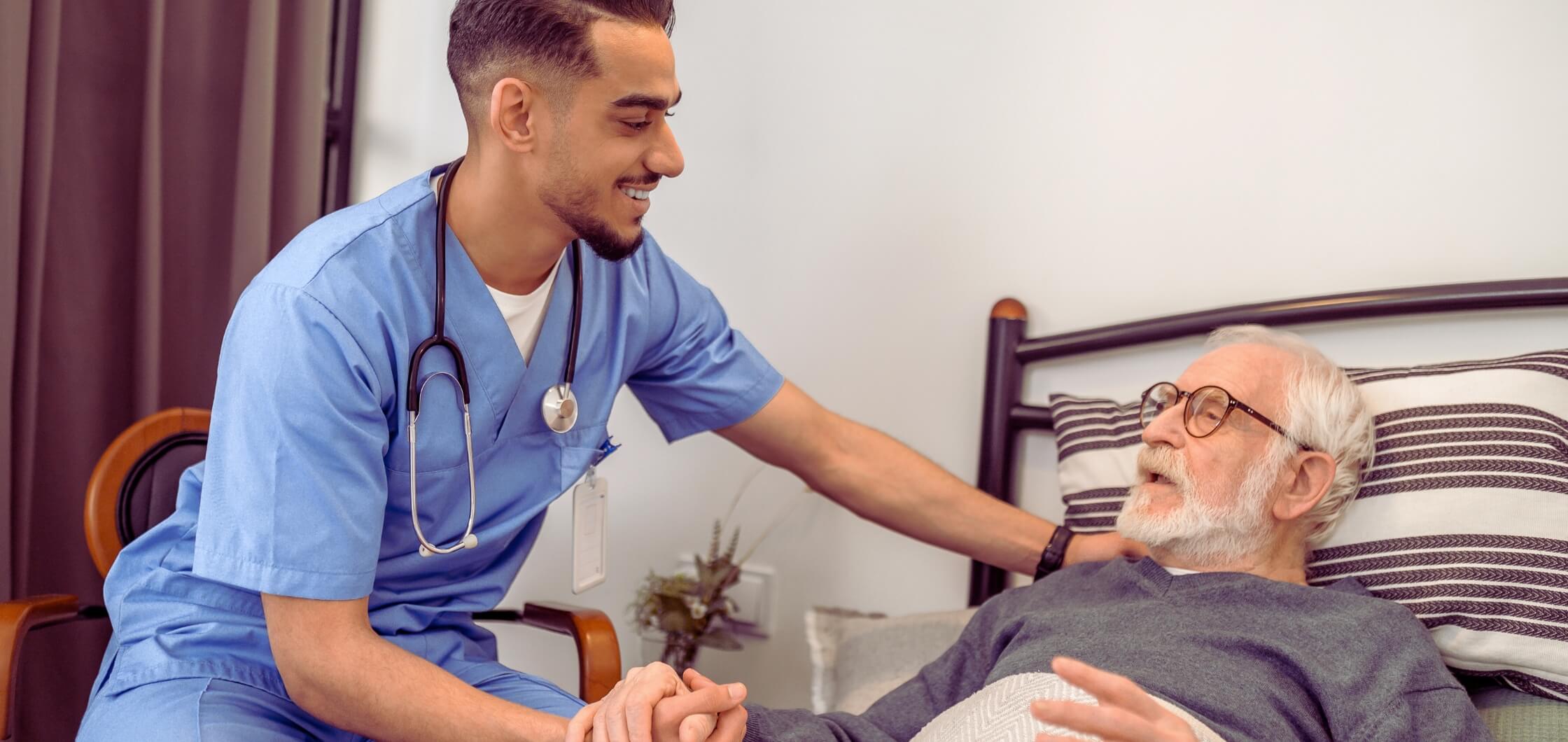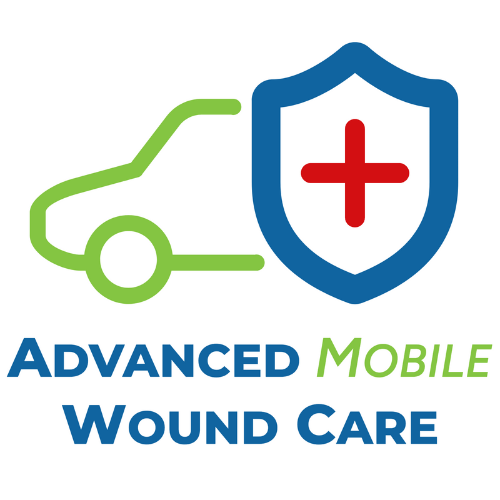Protecting your loved one’s skin starts with knowledge, awareness, and a consistent routine. Here’s what you need to know about Pressure Ulcer Prevention.
Pressure ulcers—also called bedsores—are a common but serious risk for patients who are bedridden or have limited mobility. These skin injuries can develop quickly and lead to painful, hard-to-treat wounds if not addressed early. Fortunately, with the right prevention strategies, most pressure ulcers can be avoided altogether. Whether you’re caring for a loved one at home or working in a skilled nursing facility, your role is essential to keeping skin healthy and intact.
Why Repositioning Matters
One of the most effective pressure ulcer prevention strategies is frequent repositioning. When a person lies or sits in one position for too long, blood flow to certain areas—like the tailbone, heels, hips, and shoulders—can be restricted. This lack of circulation damages tissue and leads to pressure ulcers.
Caregivers should:
- Reposition patients at least every 2 hours, even during the night.
- Use pillows or foam wedges to offload pressure from high-risk areas.
- Alternate between back, side, and supported upright positions if possible.
- Document turning schedules to stay consistent and ensure accountability.
Choosing the Right Support Surfaces
Standard mattresses and cushions aren’t always enough to prevent skin breakdown. Specialized pressure-relieving devices can make a significant difference in pressure ulcer prevention for bedridden or immobile patients.
Consider these tools to help with pressure ulcer prevention:
- Alternating pressure mattresses that redistribute weight automatically.
- Foam or gel cushions for wheelchairs and recliners.
- Heel protectors to reduce friction and pressure on the feet.
- Mattress overlays that provide extra support without a full equipment change.
Your wound care provider can help determine what surface is best suited to your loved one’s risk level and mobility.
Daily Skin Checks: Small Signs Matter
Early detection is key. Pressure ulcers often start as a red or discolored spot on the skin—something that might not seem alarming at first. That’s why daily skin inspections are so important.
Make skin checks part of the daily routine:
- Examine bony areas closely (back of head, shoulders, elbows, lower back, heels).
- Look for redness, warmth, changes in skin texture, or complaints of discomfort.
- Keep skin clean, dry, and moisturized.
- Report any suspicious changes to a healthcare provider right away.
Hydration, Nutrition, and Hygiene Support Skin Integrity
Pressure ulcer prevention also starts from the inside out. A well-nourished body is more resilient and better able to repair skin.
Caregivers should encourage:
- A balanced diet with plenty of protein, vitamins A and C, and zinc.
- Adequate fluid intake to maintain skin elasticity and cellular function.
- Gentle cleansing routines that avoid overwashing or harsh products.
Good hygiene doesn’t mean scrubbing; it means maintaining clean, dry skin while preserving its natural barrier.
Caring for Loved Ones, Preventing Harm
Pressure ulcers are preventable—but only with consistent, proactive care. As a caregiver, your attention to detail and daily support can help your loved one stay comfortable, safe, and free from avoidable complications. If you’re noticing early signs of skin breakdown or need help managing wound care at home, our mobile wound care team can step in with expert treatment, monitoring, and education.
Contact us today to learn how we can support your loved one with compassionate, in-home care.





